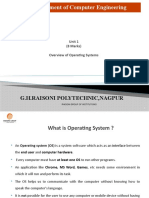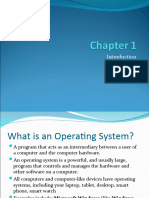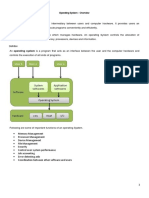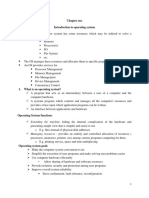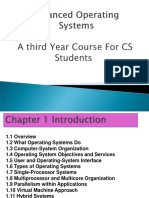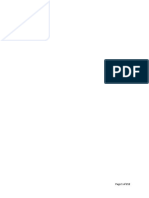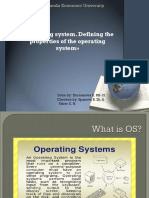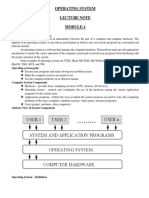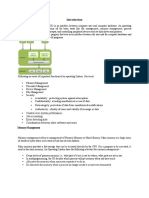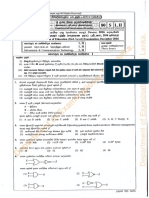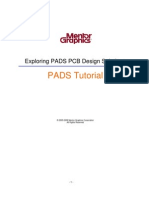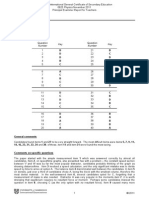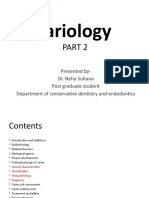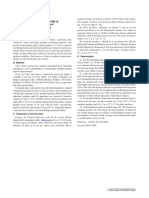0% found this document useful (0 votes)
18 views8 pagesIntroduction
A Computer Operating System is a system software that serves as an interface between users and computer hardware, managing the execution of programs. It can be categorized into system software and application software, with examples including Windows, Linux, and Android. The document also outlines the evolution of operating systems, their main functions such as process and resource management, and various types including real-time operating systems.
Uploaded by
deepthi dayasenaCopyright
© © All Rights Reserved
We take content rights seriously. If you suspect this is your content, claim it here.
Available Formats
Download as PDF, TXT or read online on Scribd
0% found this document useful (0 votes)
18 views8 pagesIntroduction
A Computer Operating System is a system software that serves as an interface between users and computer hardware, managing the execution of programs. It can be categorized into system software and application software, with examples including Windows, Linux, and Android. The document also outlines the evolution of operating systems, their main functions such as process and resource management, and various types including real-time operating systems.
Uploaded by
deepthi dayasenaCopyright
© © All Rights Reserved
We take content rights seriously. If you suspect this is your content, claim it here.
Available Formats
Download as PDF, TXT or read online on Scribd
/ 8
